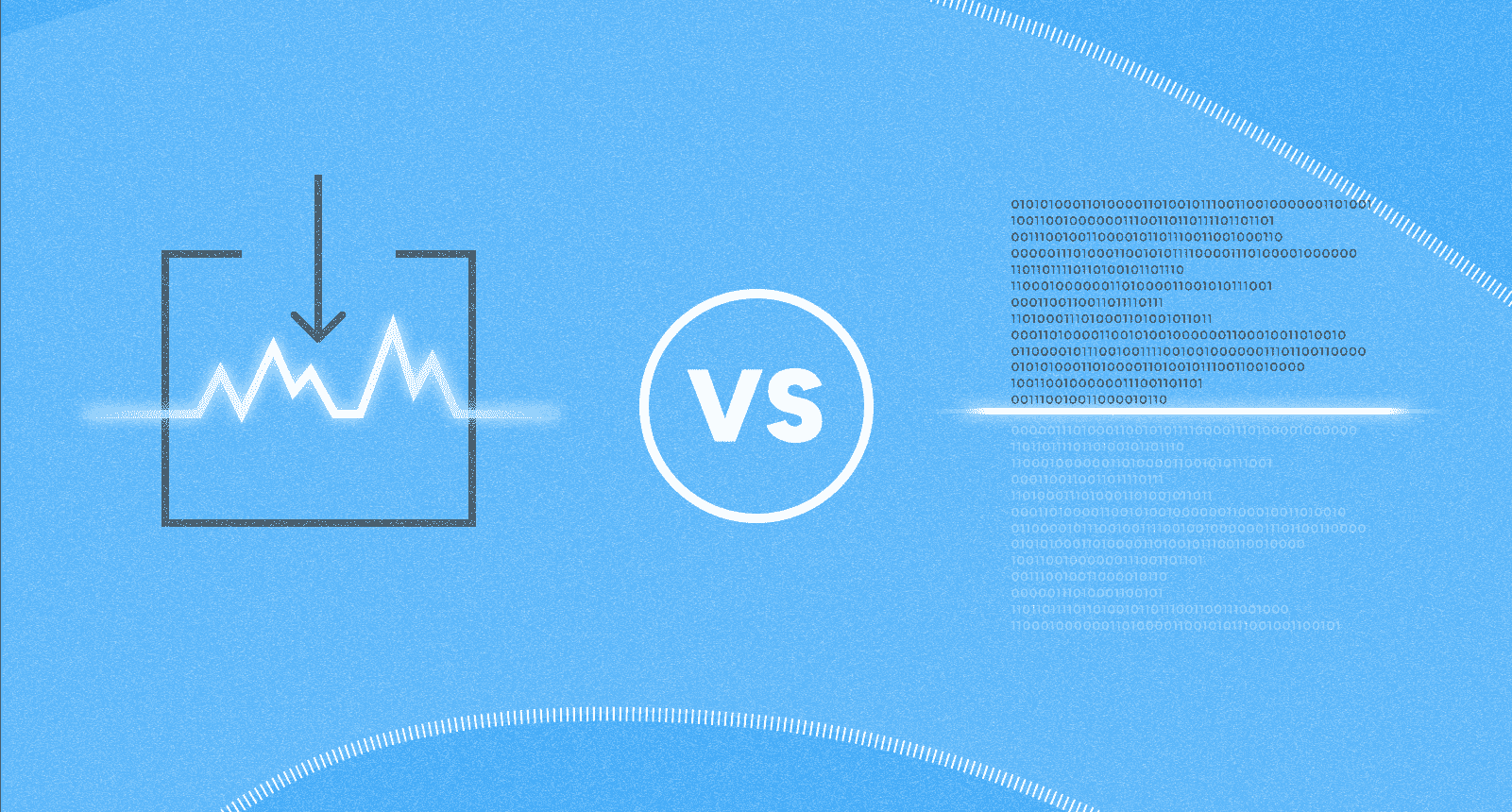Often confused as the same thing, penetration testing and vulnerability scanning both bring dedicated attack services to help protect an organization’s system, network, and applications.
But what are the differences between the two and which one does your organization need? Let’s dive into the details and find out more.
What is penetration testing?
Also known as ‘pen testing’, penetration testing is an in-depth examination of a network or an information system carried out by security experts. In a pen test, both manual and automatic tests are performed. A penetration tester will use the same kind of tools, techniques, and attack methods as cybercriminals – including password cracking, buffer overflow, and SQL injection – to identify specific vulnerabilities within the network or system.
Another way to think of a penetration tester is as an ‘ethical hacker’, attempting to compromise a system and exploit weaknesses, in a non-damaging way.
What is a vulnerability scan?
Sometimes referred to as ‘vulnerability assessments’, vulnerability scans are typically automated, carried out by a computer program that examines a device, system, or network to search for security vulnerabilities. They can be set up manually or scheduled on a regular basis.
Once vulnerabilities have been identified, a report is produced, quantifying and ranking vulnerabilities in the system. Then it’s up to the security team to act on these.
Who is in charge of carrying them out?
Penetration tests
While vulnerability scans are automated, penetration tests are human-led. A team of security experts are tasked with conducting the assessment. These ethical hackers are often referred to as the ‘Red Team’ within a security organization or team. They are experienced security analysts who emulate a potential attacker’s capabilities, with the objective to improve the organization’s security posture.
Vulnerability scans
These automated scans are carried out by dedicated security scanning software and use various types of technologies to detect vulnerabilities. They can be deployed on-premise, in the cloud, or in hybrid environments.
Top vulnerability scanners include Wiz, PingSafe, Nessus and Qualys.
Penetration testing vs vulnerability scanning: the differences
Main objective
Penetration test
The goal of penetration testing is to identify security vulnerabilities in a network, device, or application. Penetration testing takes a precision-based approach to find vulnerabilities that could pose a threat to the security of the application, system, or network.
These critical vulnerabilities could reveal sensitive information about the company or users, provide system access, or cause denial of service, among other things.
Vulnerability scan
The purpose of a vulnerability scan is to provide an ongoing assessment of an organization’s security infrastructure, routinely detecting weaknesses in order to improve security posture and reduce the attack surface.
While penetration testing provides pinpoint analysis, vulnerability testing is more of a foundational approach, providing baseline protection for organizations – an automated overview of a system or network.
Frequency
Penetration test
Pen tests typically take place on an annual or biannual basis, although they could be more frequent if an organization has changed its system and implemented new devices, for example.
Vulnerability scan
These automated scans are normally carried out quarterly. Again, they may become more frequent if an organization has implemented new equipment or if the system has undergone significant changes.
Value: preventive control vs detective control
Penetration test
Penetration tests identify weaknesses with precision, acting as an important cybersecurity method. This kind of manual testing by an expert team can evaluate the security of the application or system based on implemented logic, as well as authorization tests that a vulnerability scanner may not be able to test or at least interpret.
While pen tests are costly, they bring excellent value with high preventative and detective control over a security infrastructure.
Vulnerability scan
These automated scans offer good value in providing a regular, quick detection of a system. They offer less preventive control than pen tests, which are far more thorough and detailed.
Who should use them?
Penetration test
Companies with complex applications and highly valuable data will need the pinpoint probing of a security expert to ensure their valuable assets are safe.
Vulnerability scan
Any company, whether an SMB or a multinational enterprise, will need periodic vulnerability scans.
Benefits
Penetration test
- Carried out by dedicated expert analysts, with accurate results
- Pinpoints vulnerabilities like no other type of test
- Can detect a wide range of vulnerabilities
- Can identify high-risk weaknesses
- Gives detailed insight into security posture
- Reports provide specific advice
- Can be carried out again following remediation
- Eliminates chance of false positives
Vulnerability scan
- Quick and thorough look at possible vulnerabilities
- Extremely affordable
- Automated: Can be scheduled to run weekly, monthly, or quarterly as the company requires
- Provides regular baseline protection of assets
- Enhances visibility
- Can be integrated with a patching program for easy remediation
Cost
Penetration test
Due to their technical complexity and requirement of expertise, penetration tests are usually expensive. A pen test cost depends on the size and complexity of the system, the number of IPs, and the size of the applications.
Vulnerability scan
A vulnerability scan is typically much less expensive than a pen test, depending on the depth of the scan and the scope of the vulnerability scan.
Which is better, a penetration test or a vulnerability scan?
Rather than thinking of one being better than the other, it’s best to consider penetration testing and vulnerability scanning as two important parts of an effective approach to cybersecurity.
With vulnerability scans providing an automated, periodical assessment of your system, network, and applications, and penetration tests giving you that highly professional, in-depth examination, you’ve got the best of both worlds.
Contact Ackcent today to discuss setting up a penetration test or vulnerability scan for your organization.
